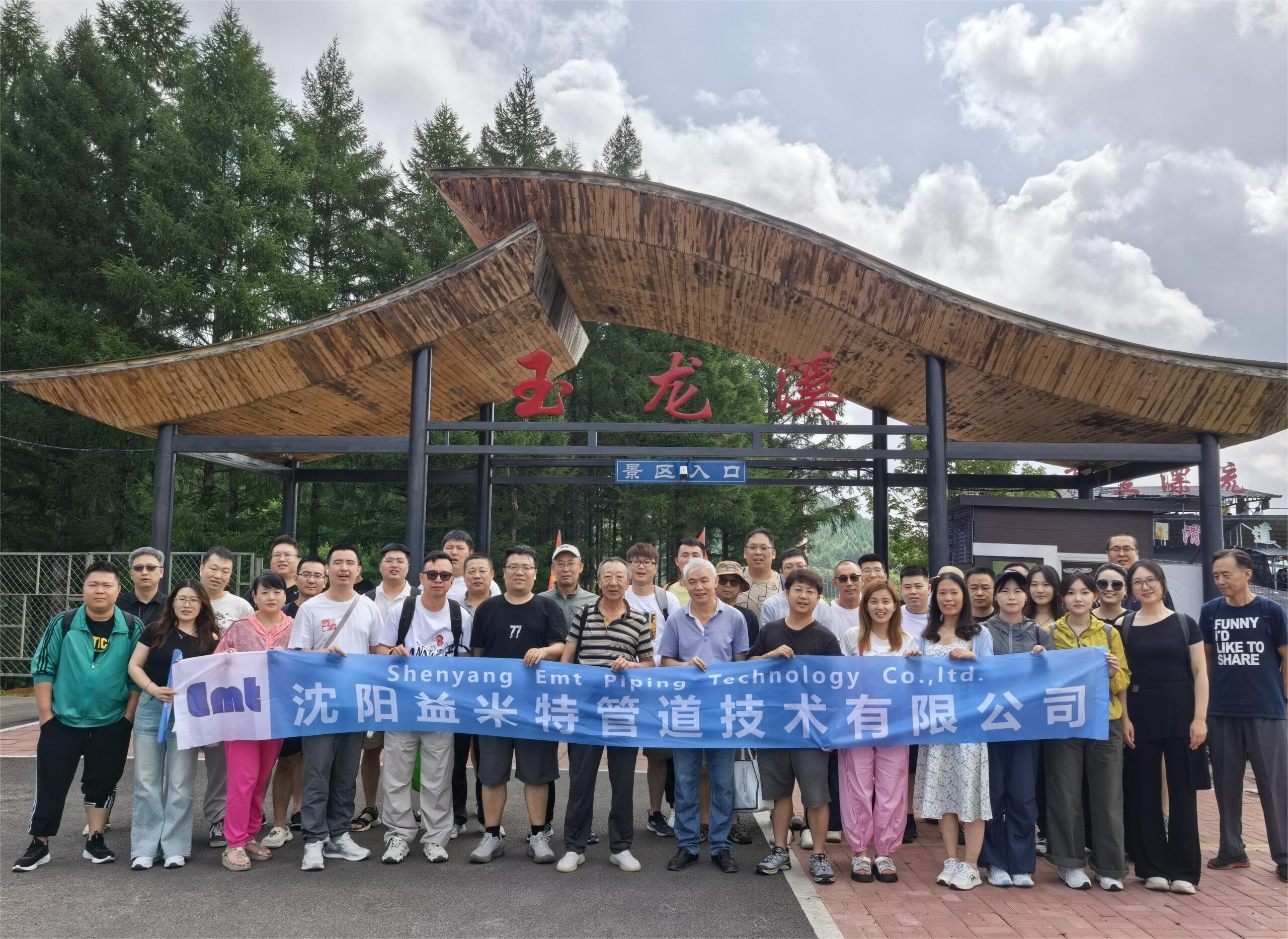Corrosion Coupon For Corrosion Test
Corrosion coupons are small metal pieces prepared and weighed before being placed in a test system for a set time, such as 30 to 90 days. After this period, you take them out to examine the corrosion. You clean them and weigh them to find out how much metal has corroded, measured in mils per year or millimeters per year (1 mpy = 0.0254 mm/a). The type of corrosion and the depth of any pits are also determined.
Several factors influence the results from metal coupons: the corrosive medium that affects them, the preparation of their surface, their placement location, their exposure duration, and the metallurgical method of the sample. Standard water treatment corrosion coupons include types such as cooling water corrosion coupons among others. Manufacturers use various materials to make these coupons, including A3 carbon steel, 20# carbon steel, stainless steel, brass, copper, aluminum, and cast iron.
These small tools help us understand how materials withstand different environments, guiding us in choosing the right materials and protection methods for various applications.
how to store and use corrosion coupons:
Wipe the standard corrosion coupon (test coupon) with degreasing cotton in distilled water, then rinse for 15 seconds.
Clean the standard corrosion coupon twice with chemically pure anhydrous ethanol (50ml per 10 coupons).
Place the standard corrosion coupon on dry filter paper and blow-dry with cold air.
Wrap the standard corrosion coupon in filter paper, store in a desiccator, and weigh after 24 hours.
Store unopened coupons in a non-corrosive gas area to prevent moisture.
Keep opened but unused standard corrosion coupons inside rust-resistant paper and place in a desiccator.
The oil and gas industry faces major issues with pipeline corrosion during extraction and transportation. If not addressed swiftly, corrosion can cause pipelines to burst and leak gas and oil. In severe cases, it might even trigger explosions, endangering safe transport, and public safety, and leading to significant economic losses and environmental disasters. Therefore, understanding and preventing corrosion in oil and gas pipelines is crucial for protecting national economic interests and safety.
Analysis of Corrosion Mechanisms in Oil and Gas
Pipeline Systems
External Corrosion
External corrosion in oil and gas pipelines often stems from prolonged contact with the surrounding environment, such as soil. The moisture and oxygen in the soil turn it into a conductor, leading to oxidation reactions on the metal surface of the pipes. These reactions form concentration cells, which can lead to more severe types of corrosion like microcell and macrocell corrosion. Moreover, contact between different metals can also cause macrocell corrosion.
In the case of underwater pipelines, being immersed in seawater causes issues. The salts and minerals in seawater act as electrolytes and interact with the metal pipelines, leading to electrochemical reactions. These reactions create potential differences at the contact points of different materials in the pipeline, resulting in galvanic corrosion. This type of corrosion not only affects the surface of the pipes but can also lead to pitting, crevice corrosion, intergranular corrosion, and stress corrosion cracking.
In summary, to prevent and mitigate these types of corrosion, the oil and gas industry needs to use effective corrosion monitoring and protection techniques. Regular pipeline maintenance, using anti-corrosion materials, cathodic protection, and coating technologies are effective ways to prevent pipeline corrosion. These measures significantly enhance the safety and reliability of oil and gas pipelines, ensuring the secure and continuous supply of energy.
Use anti-corrosion coating on the outside of the pipe
Several factors influence the results from metal coupons. The corrosive medium affects them significantly. The preparation of their surface also plays a crucial role. Placement location impacts the results as well. Exposure duration and the metallurgical method used are key. Standard water treatment corrosion coupons include cooling water types and others. Manufacturers use materials like A3 and 20# carbon steel, stainless steel, brass, copper, aluminum, and cast iron for these coupons. Currently, epoxy coating is the common choice in our country. It’s a widely used anti-corrosion coating globally. Its performance surpasses traditional asphalt and coal tar coatings. Epoxy is a thermosetting material. It contains materials such as epoxy resins and curing agents. It provides strong bonding, a dense coating, and a smooth surface. Besides, it also resists saline-alkali corrosion effectively.
In addition to epoxy coating, pipe exterior wall corrosion protection is sometimes also used with three layers of polyethylene coating. Its structure is: the bottom layer is FBE, about 50~127? n, the middle layer is copolymer adhesive, about 200? m, the outer layer is polyethylene, about 3mm. This structure makes it have the characteristics of high bonding, oxygen resistance, chemical corrosion resistance, electrical insulation, impact resistance, etc., and the cathodic protection current density is small, only 1~3? \/m2, reducing the cost and scale of cathodic protection. Research data show that the service life of the three-layer polyethylene coating is about 40 years or more, but because of its relatively expensive price and complex process, it has not been widely used.





